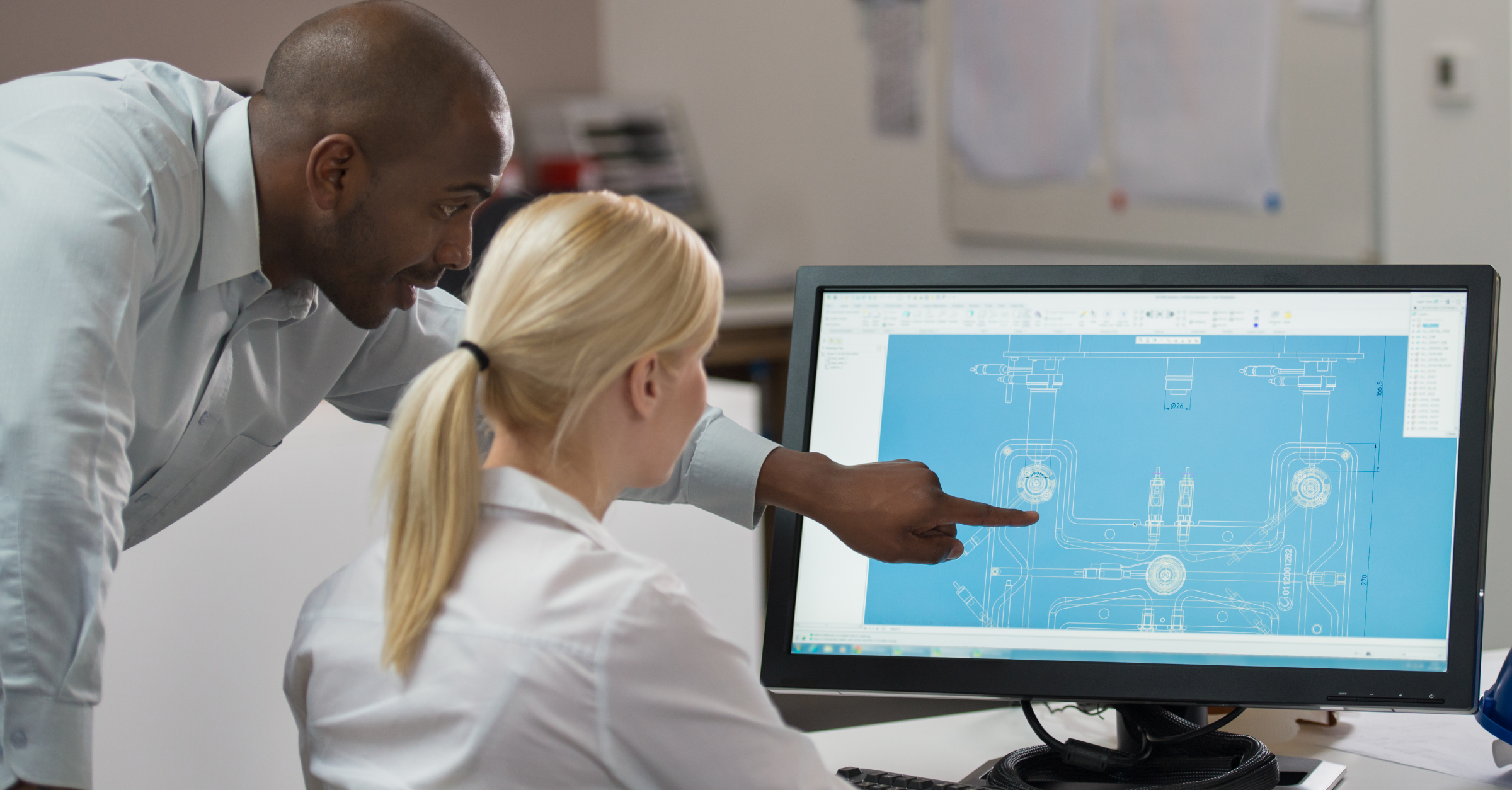Customization and Modular Design, Kohler’s Way
Customization for major components of a facility is common in the data center industry, but how customizable is a backup power solution? Two Kohler experts discussed this question and more in a new video interview.
The interview features Ian Wilcoxson, Kohler Data Centre Channel Manager, and Richard Russett, Kohler Power Managing Director, and begins with the topic of modular design. Although the concept of modular design presents many advantages, Russett cautions against talking too broadly about modularity, pointing out that the term has different meanings for different people in the industry. As for Kohler’s approach to modular design, he describes it as such: “We have standard designs that we developed, whether that be for attenuation solutions, power nodes, space requirements, and locations. And then we try to really take those standard base designs and adapt them for what any particular customer wants. So sometimes the end product is close to a standard, or modular, design but sometimes it can be very different using those individual components.”
When it comes to deciding just how customized a generator and its enclosure will be, Wilcoxson notes that the process often depends on the type of company the product is being built for.
“We’ve got two or three main types of clients”, explains Wilcoxson. “So if we talk a little bit about the small-to-medium-sized businesses, they typically don't have a lot of in-house knowledge around customization and modularization.” In these types of situations, Kohler’s own engineering and design teams work collaboratively with the end user to understand their needs and create a one-off solution based on modifying a standard offering.
Wilcoxson’s second type of customization projects are hyperscalers.
“They have a lot of internal engineering resources and they set the specs,” says Wilcoxson. “Quite often they have their own ideas around pre-engineered components and they have a much better idea of how they want to modularize.”
He goes on to say that in these situations, phasing for repeated builds takes an important place in the process.
Overall, modular design allows for greater flexibility, as different modules can be easily swapped or upgraded as needed. It also simplifies the manufacturing process, as the components can be produced in parallel, reducing lead times and improving efficiency. When it comes to backup power design, though, modularity is a misunderstood concept, useful only as an approximate term relative to the manufacturer. With Kohler, the best way to think about the approach is that each generator is modular to the end user, ultimately customized for each facility’s unique requirements and constraints.
To see the full interview, including more about custom design, in-house enclosures, third-party enclosures, and Kohler’s complete power solutions approach, watch below:
